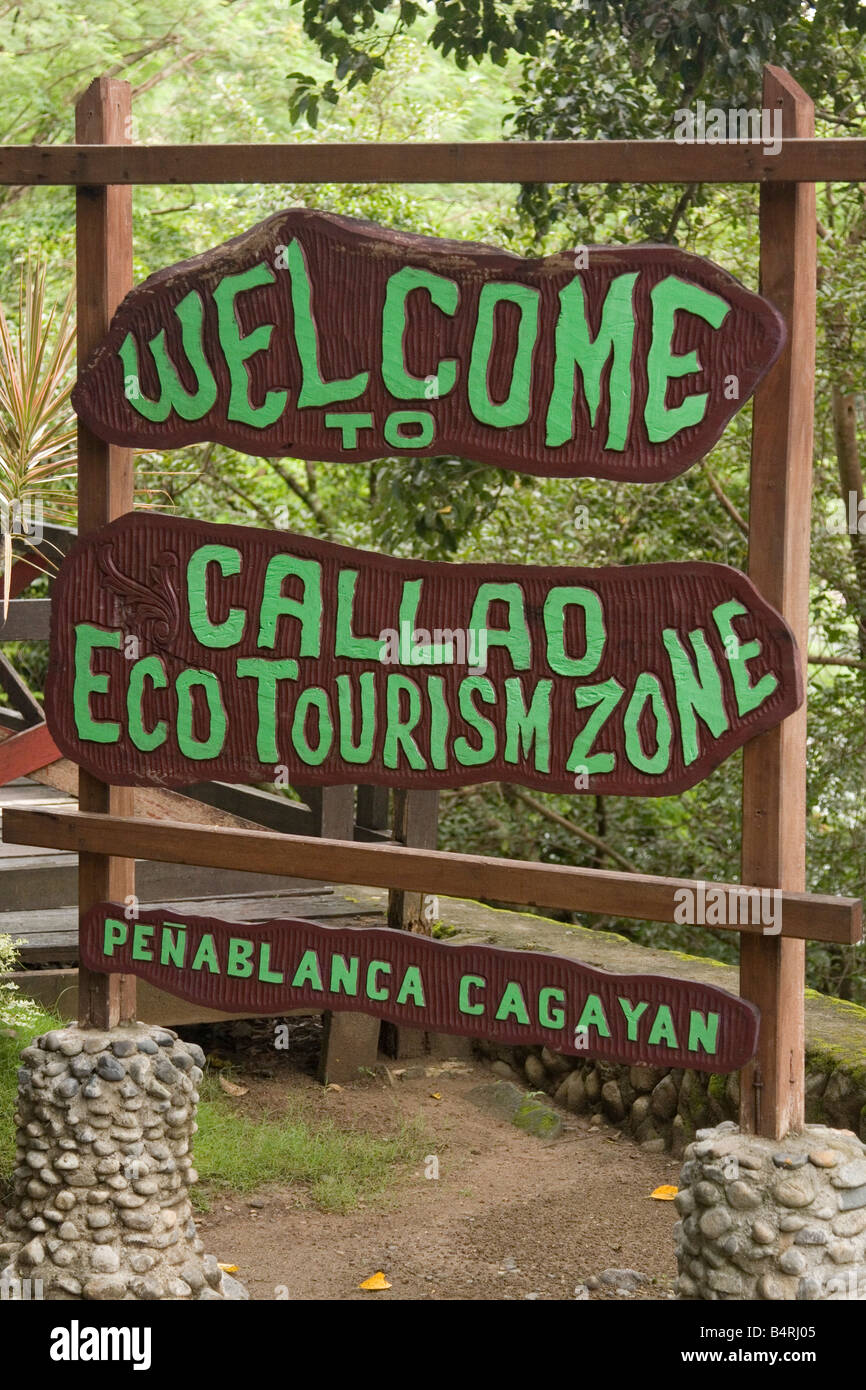The Emerald Archipelago: Navigating the Complexities of Ecotourism Zones in the Philippines
The Philippines, an archipelago of over 7,000 islands, boasts a breathtaking tapestry of biodiversity, from pristine coral reefs to lush rainforests teeming with endemic species. This natural wealth positions the country as a prime destination for ecotourism, a sector that promises sustainable development while preserving its unique ecosystems. However, the implementation of effective ecotourism zones in the Philippines presents a complex challenge, requiring a delicate balance between economic growth, environmental protection, and community empowerment.
The Philippines’ natural attractions are undeniable. Its diverse marine life, including whale sharks, dugongs, and countless coral species, draws divers and snorkelers from around the globe. Inland, the iconic Chocolate Hills of Bohol, the majestic rice terraces of Banaue, and the verdant rainforests of Palawan offer unparalleled experiences for nature enthusiasts. This rich biodiversity, however, is increasingly threatened by deforestation, pollution, unsustainable fishing practices, and the impacts of climate change.

Ecotourism, when implemented responsibly, can be a powerful tool for conservation. It can generate revenue for local communities, incentivize the protection of natural resources, and raise awareness about environmental issues. However, poorly managed ecotourism can lead to environmental degradation, cultural exploitation, and social inequity.
Creating successful ecotourism zones in the Philippines necessitates a comprehensive and collaborative strategy involving government agencies, local communities, private sector stakeholders, and non-governmental organizations.

1. Policy and Regulatory Framework:
A robust policy and regulatory framework is essential for guiding the development of ecotourism zones. This includes:
Clear definitions and guidelines: Standardizing the definition of ecotourism and establishing clear guidelines for its implementation are crucial for ensuring consistency and accountability.
2. Community Empowerment and Participation:

Local communities are the custodians of their natural resources and should be at the forefront of ecotourism development. This requires:
Meaningful consultation and participation: Engaging local communities in all stages of planning and implementation is essential for ensuring that their needs and concerns are addressed.
3. Sustainable Infrastructure and Practices:
Ecotourism infrastructure should be designed and constructed in a way that minimizes environmental impact. This includes:
Use of sustainable building materials: Employing locally sourced and eco-friendly building materials, such as bamboo and recycled materials.
4. Conservation and Biodiversity Protection:
The primary goal of ecotourism should be to contribute to the conservation of biodiversity. This requires:
Establishment of protected areas: Expanding and strengthening the network of protected areas to safeguard critical habitats and species.
5. Responsible Tourism Practices:
Promoting responsible tourism practices among visitors is essential for minimizing environmental impact and maximizing benefits for local communities. This includes:
Raising awareness and education: Educating visitors about the importance of environmental conservation and responsible tourism practices.
6. Monitoring and Evaluation:
Regular monitoring and evaluation are crucial for assessing the effectiveness of ecotourism zones and making necessary adjustments. This includes:
Environmental monitoring: Monitoring key environmental indicators, such as water quality, air quality, and biodiversity.
Case Studies: Lessons Learned and Best Practices:
Several ecotourism initiatives in the Philippines offer valuable lessons learned and best practices.
A. El Nido, Palawan:
El Nido, known for its stunning limestone cliffs and crystal-clear waters, has become a popular ecotourism destination. However, the rapid growth of tourism has also led to environmental challenges. Efforts are underway to implement sustainable tourism practices, including waste management, water conservation, and responsible tour operations.
B. Tubbataha Reefs Natural Park:
Tubbataha Reefs Natural Park, a UNESCO World Heritage Site, is a model for marine ecotourism. Strict regulations and limited visitor numbers have helped to protect the park’s pristine coral reefs and diverse marine life.
C. Danjugan Island, Negros Occidental:
Danjugan Island, a marine reserve and wildlife sanctuary, is a prime example of community-based ecotourism. The island’s management is guided by a participatory approach, involving local communities in conservation and tourism activities.
Challenges and Opportunities:
Despite the potential benefits of ecotourism, several challenges remain. These include:
Lack of funding and resources: Limited funding and resources can hinder the development and implementation of ecotourism projects.
However, there are also significant opportunities for the growth of ecotourism in the Philippines. These include:
Growing demand for sustainable tourism: The increasing global demand for sustainable tourism presents a significant opportunity for the Philippines to attract environmentally conscious travelers.
The Future of Ecotourism in the Philippines:
The future of ecotourism in the Philippines depends on the country’s ability to address the challenges and capitalize on the opportunities. By adopting a holistic and collaborative approach, the Philippines can harness the power of ecotourism to promote sustainable development, protect its natural heritage, and empower local communities. The Emerald Archipelago, with its unparalleled biodiversity, has the potential to become a global leader in responsible and sustainable tourism. By prioritizing conservation, community empowerment, and responsible practices, the Philippines can ensure that its natural treasures are preserved for generations to come.


